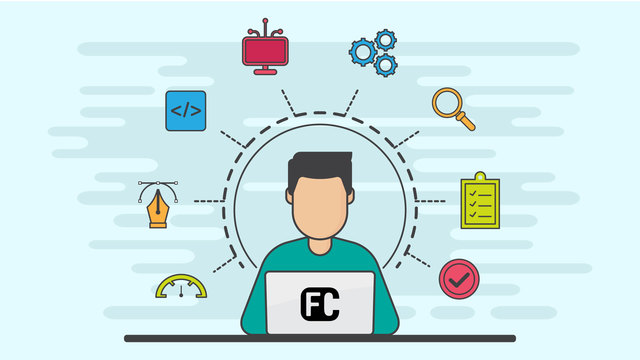
Pesho Bot Chassis Controls With Modkit
This is a program that sets the VEX IQ Controller to control the Pesho Bot chassis.
- #c0oq4l
- 04 Dec 2018

This is a program that sets the VEX IQ Controller to control the Pesho Bot chassis.

Playing Football with robots is extremely fun. It could be part of the classes, it could be part of demonstration days. This is a EV3 LEGO Mindstorms Project including the programs for controlling the WRO Football Striker and the WRO Football Goalkeeper, as well as all of the necessary My blocks.

These are the programs for our boxing robots and their Joysticks. They are made for a game of two fighters with their respective joysticks, fighting until one is knocked out or its "heart" touch sensor is punched by the other robot. The fighters require the two "leg" motors to be connected on ports B and C and the hand medium motors on port D. The touch sensors should be connected on port 1, however keep in mind that the game may be better without them. The distance sensor has no purpose in the program as it is used only for aesthetics. The joysticks require the motor for forward and backward to be connected on port B and the motor for left and right to be connected on port A. The touch sensor operates the hands and must be connected on port 4.

Part of the Perfect STEM course, you should have a Raspberry Pi and a HC-SR04 distance sensor connected to 5V, GPIO 5, GPIO 6 and GND.

Part of the Perfect STEM course, you should have a Raspberry Pi, a button connected on GPIO 26 and 3.3V, and two motors connected to GPIO 27, GPIO 22, GPIO 23 and GPIO 24.

Part of the perfect STEM course, this program needs a Raspberry Pi, a button connected on GPIO 26 and 3.3V, and an LED connected to GPIO 18.

Part of the Perfect STEM course, you should have a Raspberry Pi and an LED connected on GPIO 18 for this example to work.

The block has the following parameters from left to right:

EV3 PLF-block for LEGO front-wheel steered robots. The block has two relaxation coefficients – one for steering to the left and one for steering to the right. The aim is to make the robot follow a line smoothly when the color sensor is positioned closer to one of the wheels.
The block has the following parameters from left to right:

The block has the following parameters from left to right:

Example of making turn using the steering option of the move block

This is an EV3-G block for displaying the values of array cells in an EV3-G program.
The project contains two programs, which are demos of the blocks for displaying Boolean and numeric arrays.
You can import that blocks in your programs. They are designed to show you in real time what are the values in your array and let you go to the next bit of your program. The blocks operate with the UP and DOWN brick buttons to iterate through the array. And the CENTER brick button to advance to the program.
The blocks are very useful for students to show them in real time what values they have stored in their arrays. Because there is no easy way to see real-time what the values are in the array even if it contains only a few elements.
The block shows you how many elements there are in the arrays and the values in the following way:



This is an EV3-G project that contains two programs implementing an Integral compensation - integral part of the PID algorithm. The first program is for a Five Minute Bot and the second program is for Box Robot. The things that you should be careful when using the program for your robot are the direction of the motors in the steering block; whether the motors in the steering block are written as "B+C" or "C+B" and the coefficients in the two math blocks. The coefficients that we've chosen should work for most of the robots, but will probably not work for some of them. If they don't work, write to us, comment below in the comment section or drop us an email.

In this program, we return the robot to a straight orientation at the end of the program. If there is not enough time for the Mindstorms Gyro sensor the correct the orientation of the robot before the end of the program, then we should do it at the end.

The experiment contains a plot of the Curren Power of Motors B and C and the values of the Gyro Sensor when the robot is moving with a power of 100%. What you could see is that it is not actually moving with a power of 100% because the current power is about 75-80%.

Proportional implementation for keeping the LEGO Mindstorms robot straight. The program will take the value of the Mindstorms Gyro sensor and will apply this value to the steering block. This will make the robot steer in a direction that would put the robot in a straight position again.

This package contains the three blocks used in the advanced calibration section of the FLL course.
The blocks contained are:

This is the example program using the blocks available at Blocks Package for Advance Calibration of LEGO Mindstorms EV3 Color/Light sensors. The program makes the robot find the minimum and maximum values and to calibrate the current sensor value depending to the min and max.